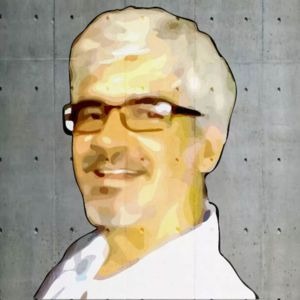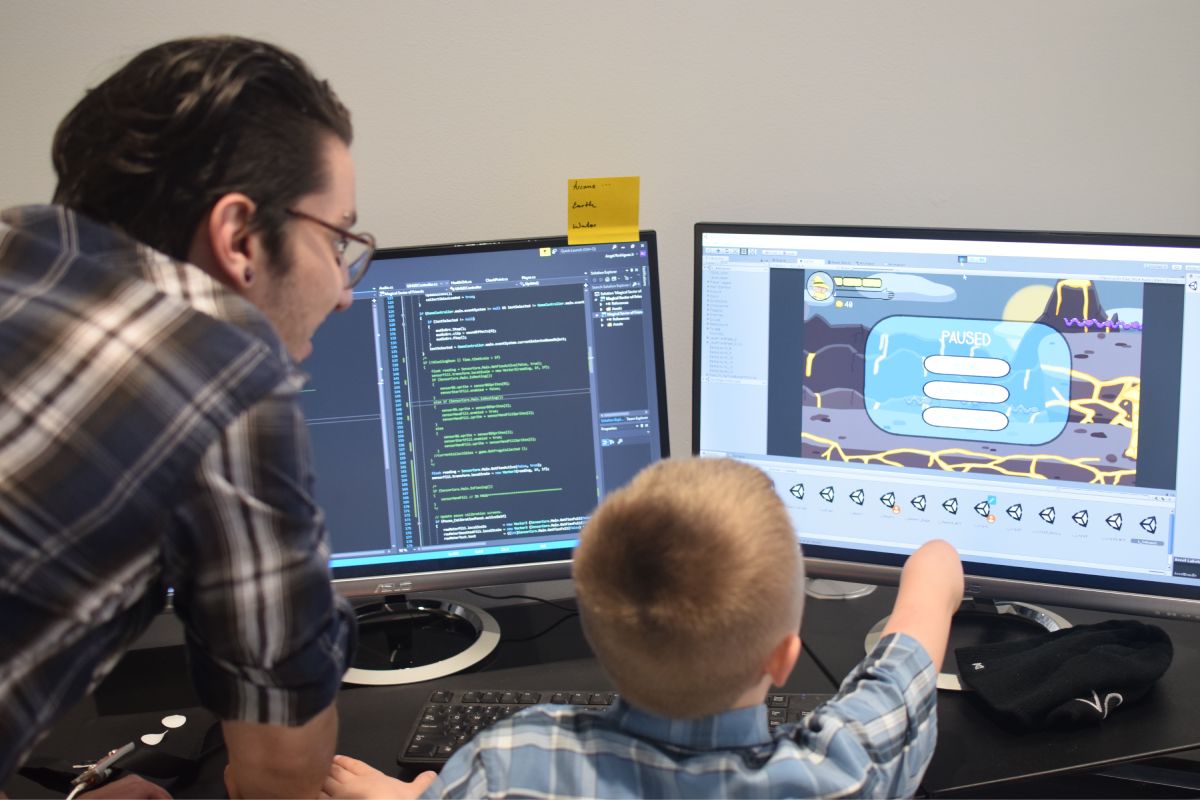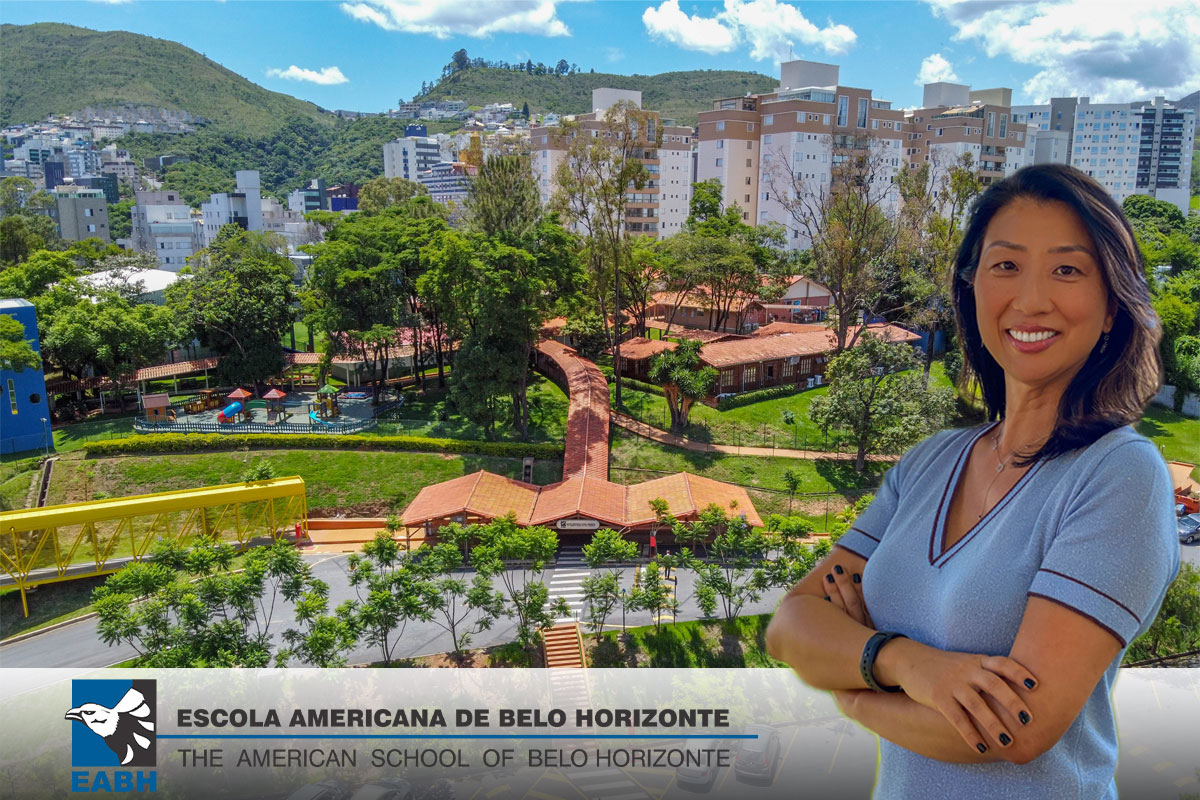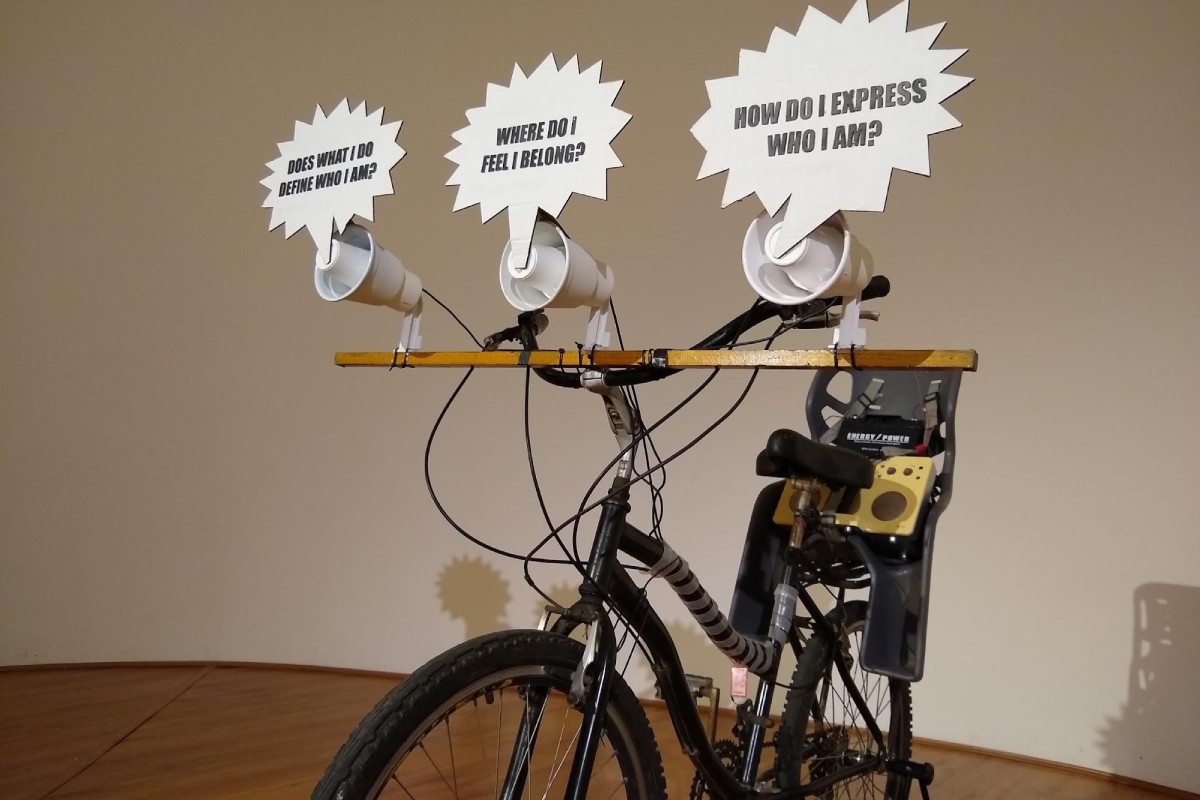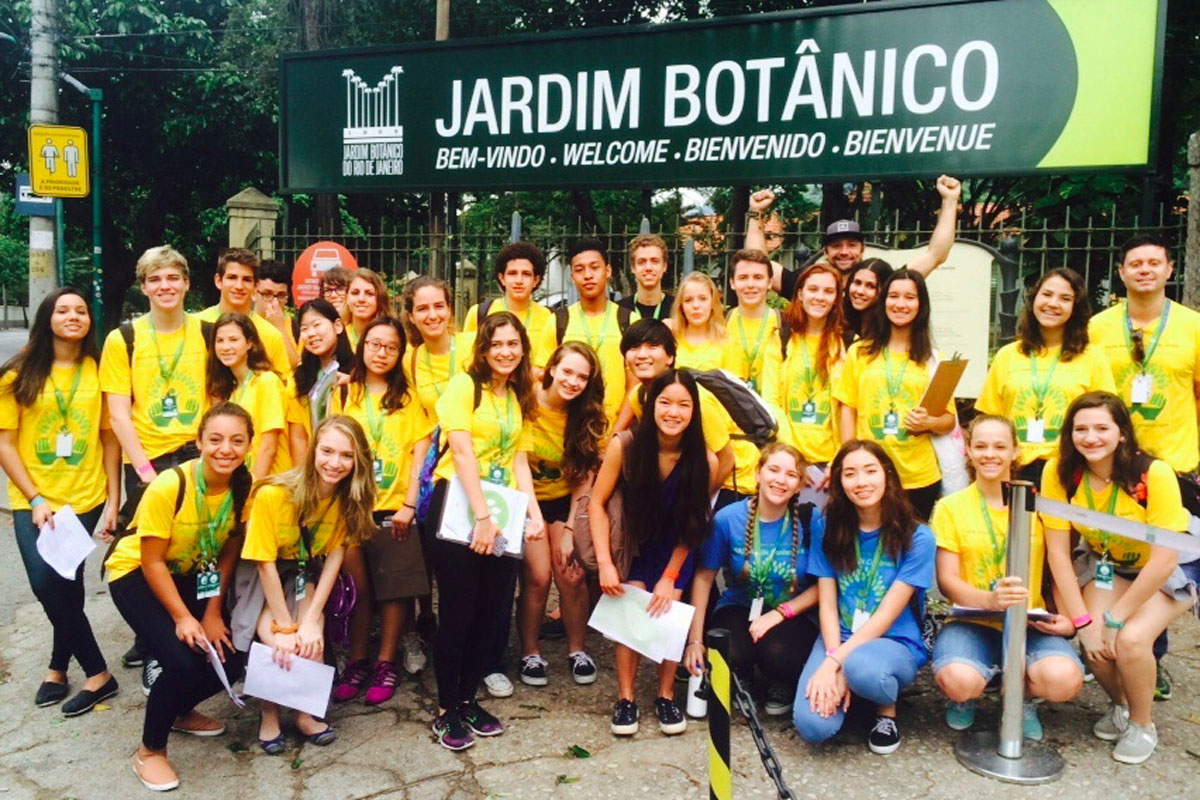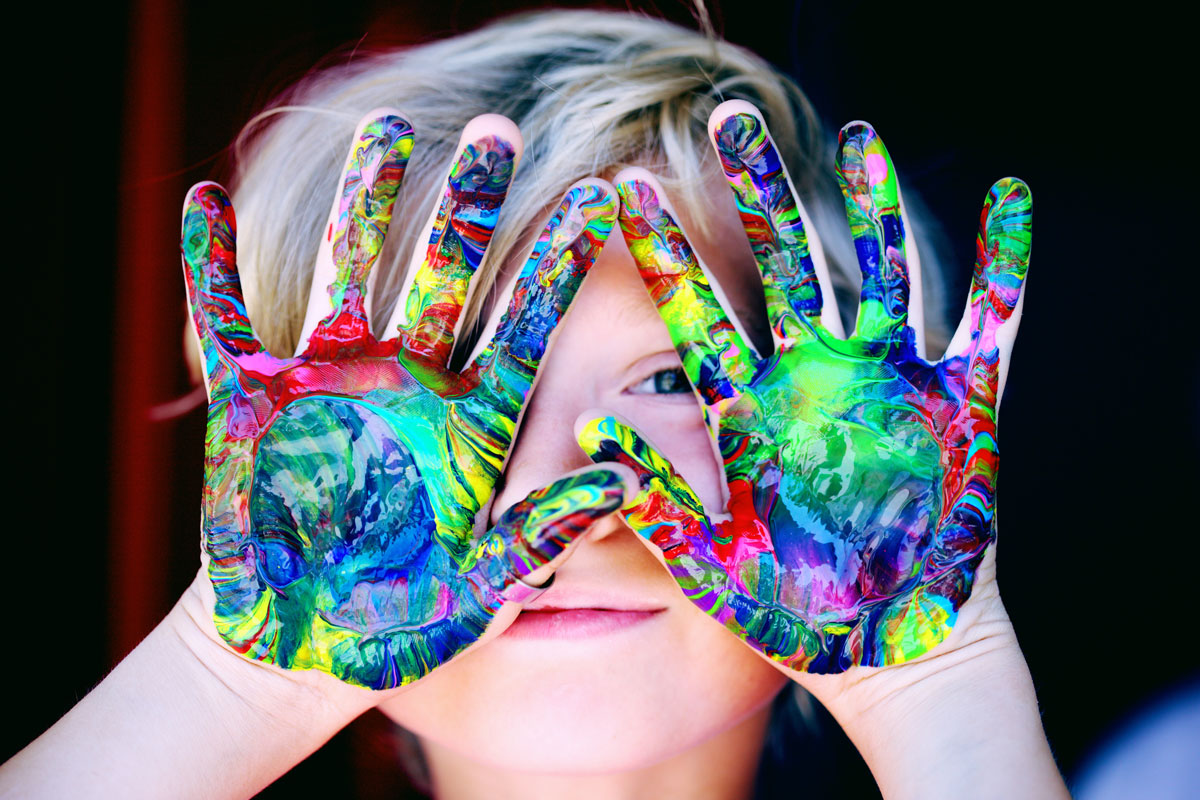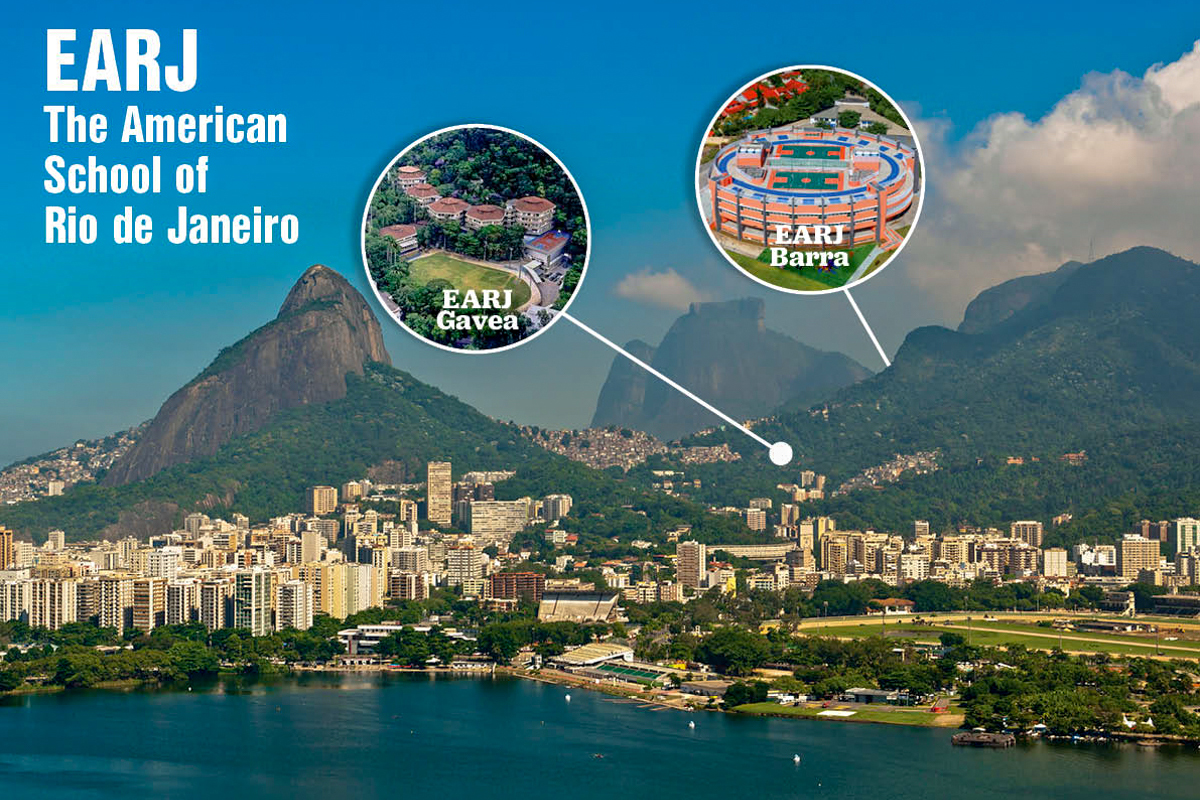The Learning Journey Through a School Museum
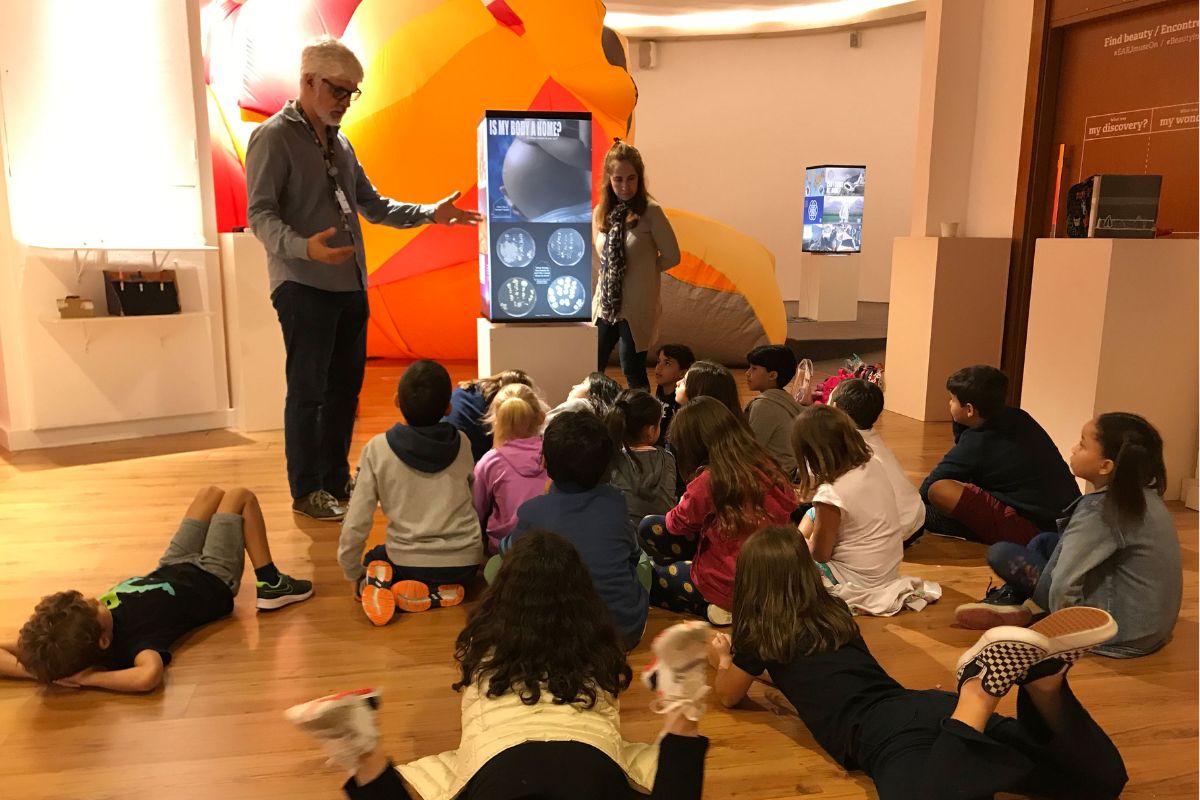
Above: A group of students visiting the exhibit about Home.
I like to think of the MusēOn, as a place for questions. Good questions. open, conceptual ones. Questions that are meant to make us pause, think, and especially debate. Those types of questions that rattle our brains and normatized preconceptions of the world around us. A good question will not only make us pause and reflect, it is also a solid starting point for a great learning journey.
These queries are just the beginning of a cognitive game that is played with the visiting public. One where the museum asks, yes, but where the real treasures lie in the answers we get from the visitors, especially the students. These answers are where one can see just how much the visitor has grasped from the questions presented during an exhibit. And in many instances, some of these answers (and on occasion, some questions too!) given by students, are of surprising depth and insight! This play between the MusēOn and the public is one of the foundations of our museum and has provided our school with a unique educational lab, that had it’s been ongoing since 2006.
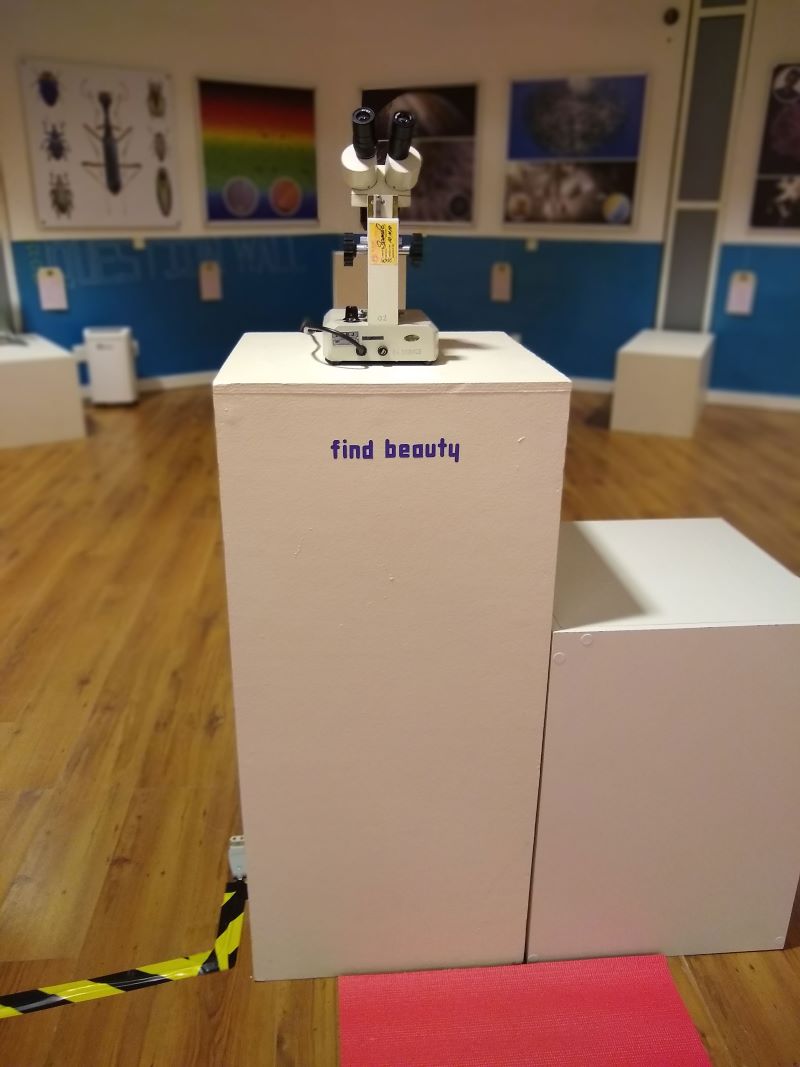
The MusēOn engages in transdisciplinary learning and works with one base strategy as a means to foment curiosity and critical thinking within the school community: what’s worth learning, and how? This objective is never meant to undermine the importance of other disciplines, but rather to build on top of solid foundations set by them. In addition, this specific question also works as a roadmap; a fundamental design for the function of the museum.
The ‘what’ part of the exhibits focuses on themes or central concepts. These themes are carefully chosen for their relevance to important current affairs or focus on possible futures. And this idea of possible futures is particularly significant since we, as school educators, constantly work with the next generations. Thus, it seems like a sound strategy to devise ways of helping the student understand and decipher the world around them, and to get them mindful as to how some things might turn out. Themes are also adapted to fit the various school curricula, this way making the museum connect different grades, disciplines, and classes within a rich web. Ethics, truth, home, the thin boundary between art and science, beauty, life, immaterialism, the future of the human body, and privacy, were just some of the open and conceptual themes discussed at the MusēOn.
The ‘how’, aspect of the MusēOn function, is the sensory part of its operation that stems from the base question being asked during a show. Exhibits are presented via Thematic Instruction, in the form of impactful educational installations. This way, the classroom/museum (yes, the MusēOn is also a classroom) area is transformed into a different immersive learning environment during each new exhibit. This museum is a constant blank canvas with which we can create novel learning strategies and actions.
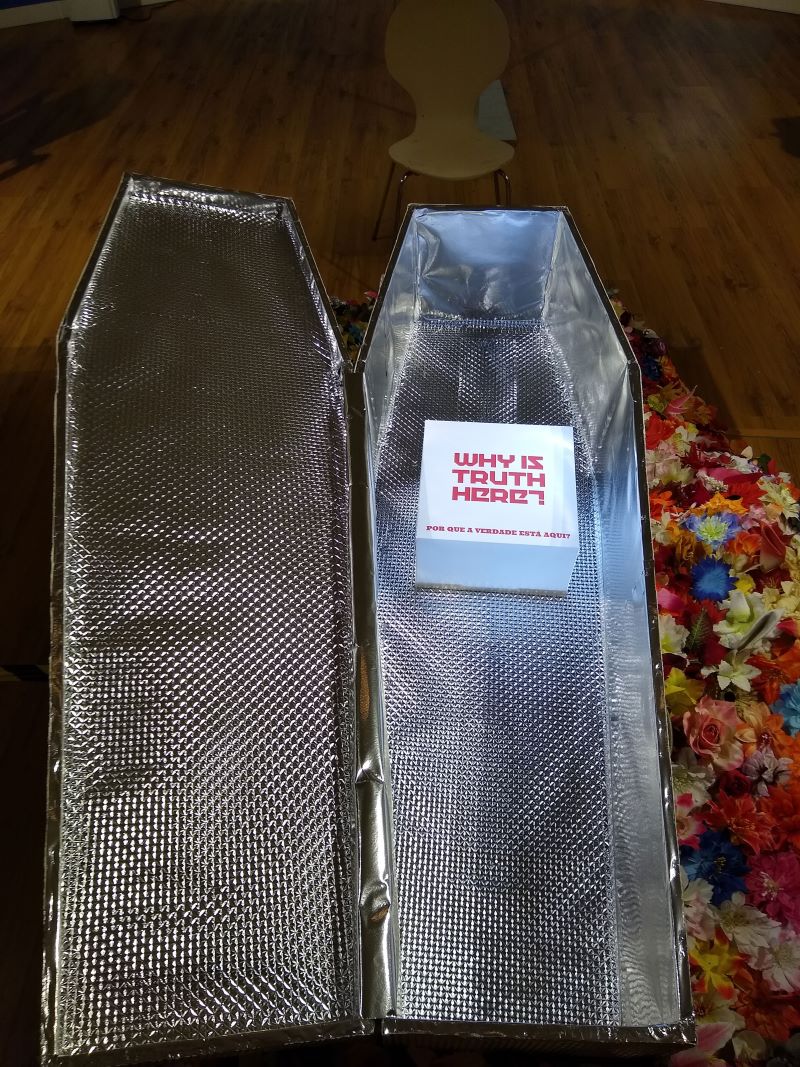
These exhibits cross the many learning domains in order to create these rich learning narratives that the visitor can experience. We might discuss, for example, how one recent trend that is enabling Muslim women in Paris to speak out about their identity, can be connected to human migration. Or how one journey takes the visitor from seeing the importance of homes, as both a sanctuary and a deeply emotional and personal space. Or even how the understanding of beauty, such as in flowers, soap bubbles, and snowflakes, can make us understand key concepts of math and physics.
By blurring the boundaries between different disciplines, we promote divergent thinking and pave the way for students to absorb all of the attributes of the IB learner profile. And it is with the IB structure, that the MusēOn feeds from a powerful framework to create even deeper engagement strategies with students (and their visits), teachers (as a teaching tool for their units), and the school community in general.
This article is available and can be accessed in Spanish here.

